Chalk Pastels. Their brilliant, light-reflecting quality is unmatched by other mediums.
If you were to have a brush-load of crimson paint and paint a line from that brush, and then paint a line of crimson pastel beside it for comparison, the pastel would look like it had a light behind it!
In this first video I explain why.
Introduction to Chalk Pastels
Different Types of Pastels
A Few Paper Examples
Working With Pastel
Click the names to see the products and prices
Mungyo Handmade pastels (the set like mine)
Sennelier. Unquestionable quality. This is actually not a bad price for such a large assortment of colors
Some choices for student grade pastels:
A Mungyo non-toxic set. I haven’t tried these, but they’re a great price and may be ok, especially for children.
Student grade from Faber-Castell
A couple of other manufacturers of quality artist grade pastels:
Rembrandt – they have a number of different options. This set has a lot of colors
Gorgeous and expensive, Unison
Also very high quality, Schmincke
Those cool Pan Pastels – This is a large set of landscape colors. You can search and find smaller sets and even individual colors. If you’re doing landscapes, blues and greens are going to be important. I use my pans for underpainting and then use the soft sticks to add detail.
Pastel Papers and Sanded Papers
Strathmore, assorted color pad
Canson MiTeintes assorted color pad
Canson MiTeintes grey tones – these are a great contrast and background for brilliant colors
Canson MiTeintes TOUCH (the sanded paper)
There are other manufacturers of sanded paper. I prefer the fine grit of MiTeintes Touch, but if you’d like to try an assortment of different grits, UArt has a sample pack
Pastel is a perfect medium for painting an image of a soft morning and a steaming cup of coffee or hot chocolate.
This is a favorite subject in the studio. Below is my example and a couple of student works. Super cute!
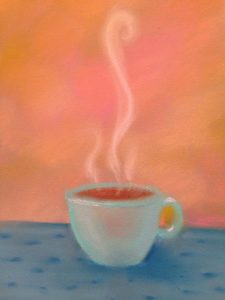
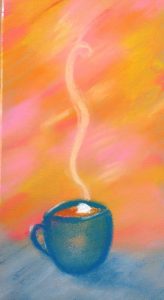
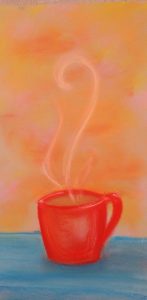
Another favorite subject is Landscapes. Pastels are fabulous for clouds and soft trees!
Here are some examples (mine and student work)
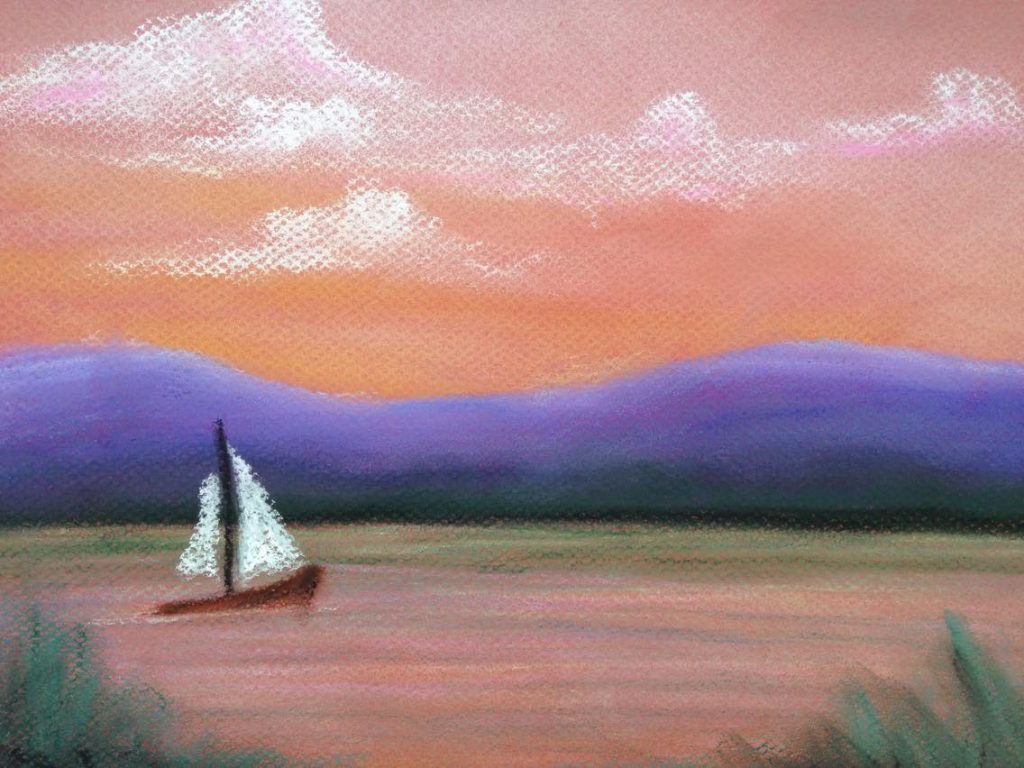
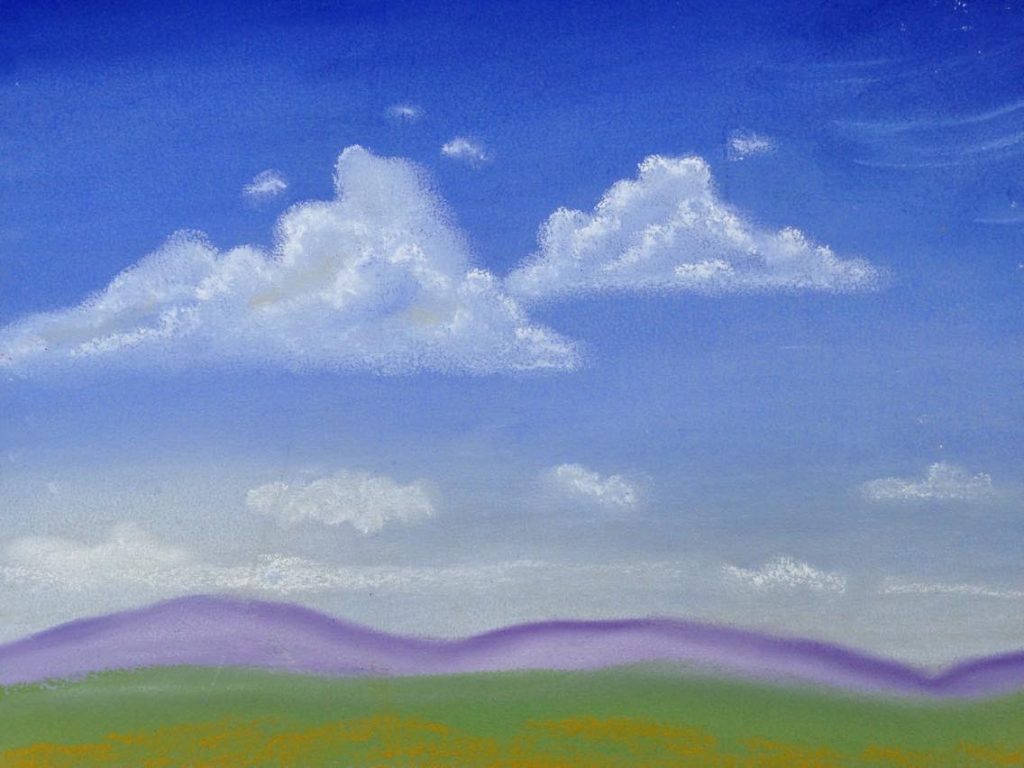
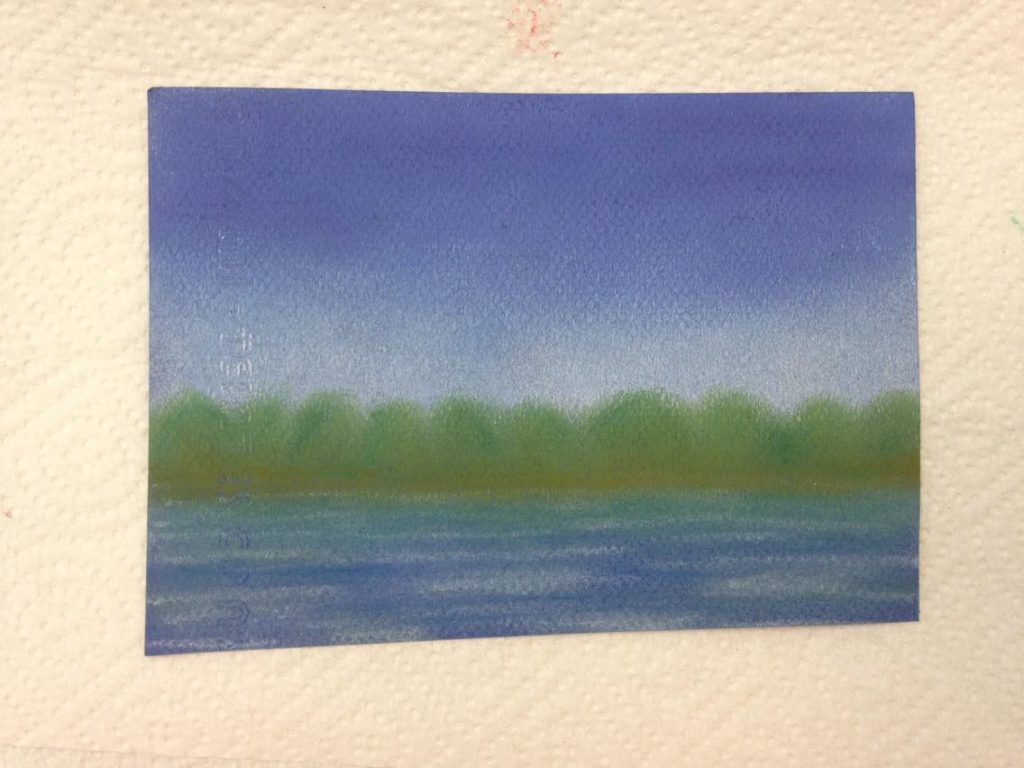
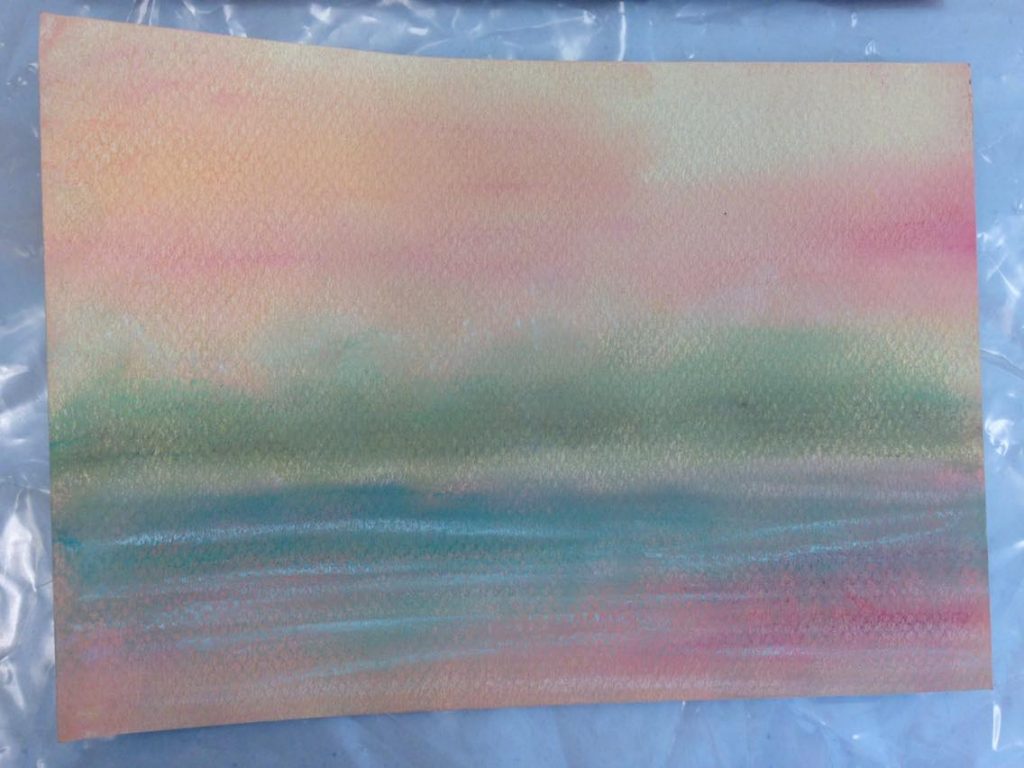
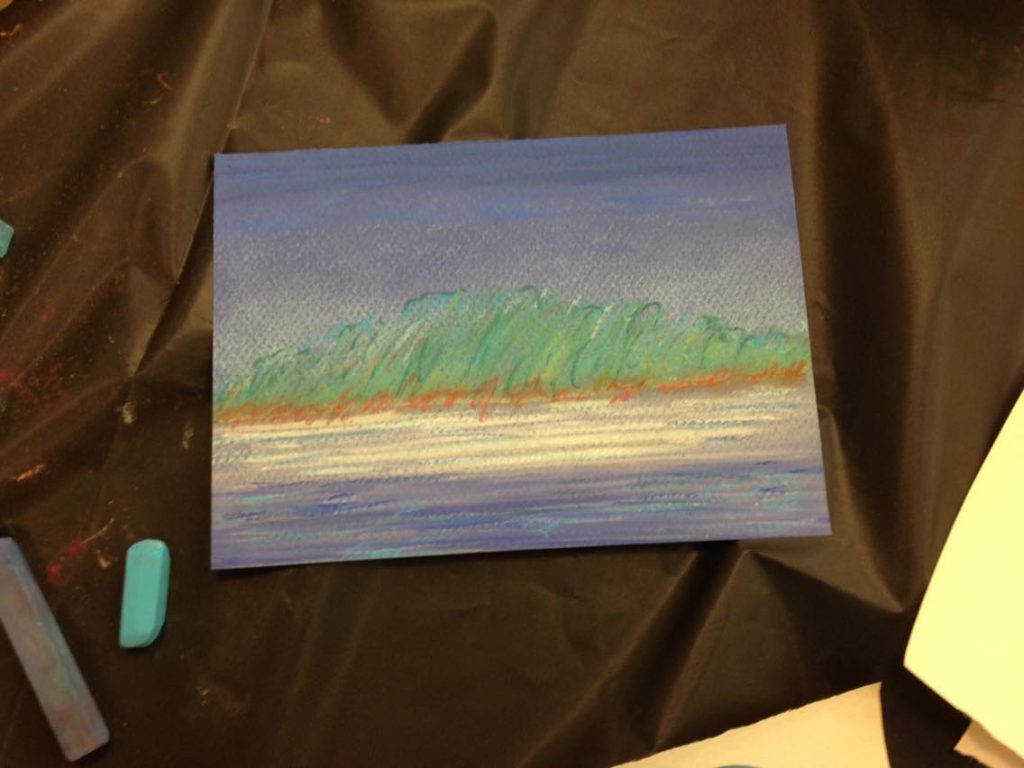
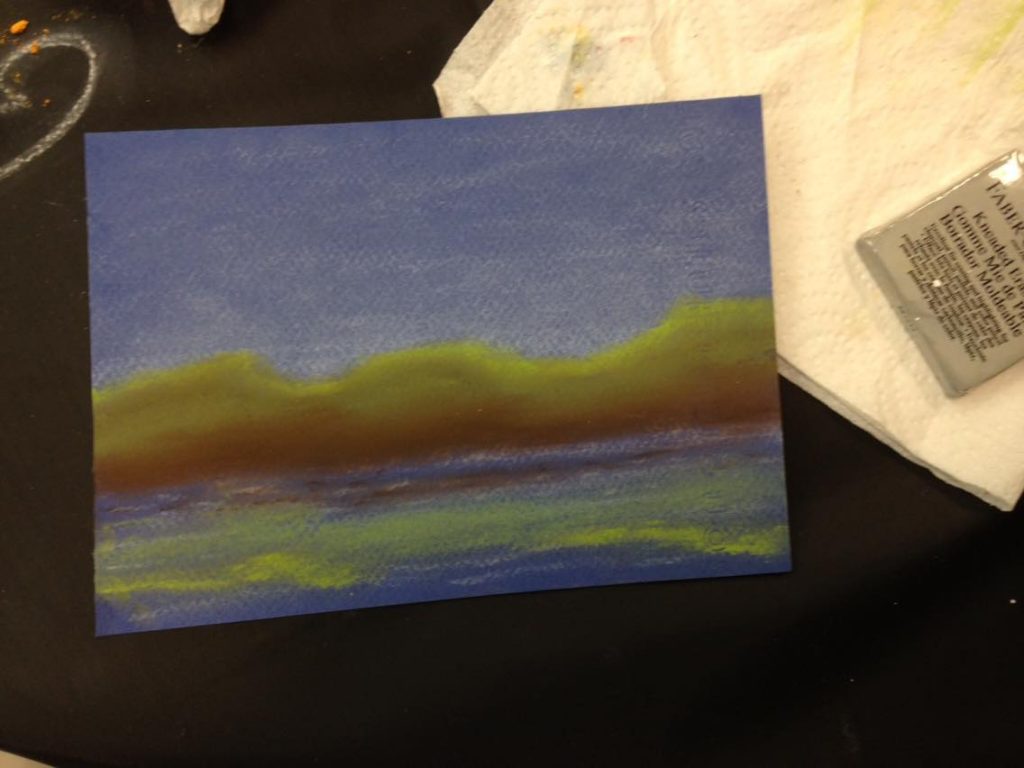
Phoebe Chidester and Katie Fowle are two incredibly talented artist friends that work in pastels. I have to show you some of the gorgeous work they do!
Phoebe lives in Florida and often paints outside (en plein air), so you’ll find lots of water and palm trees in her paintings.
This one is titled “Rainy Day at Bayport” and The Pastel Society of Tampa Bay just gave her an award for it. 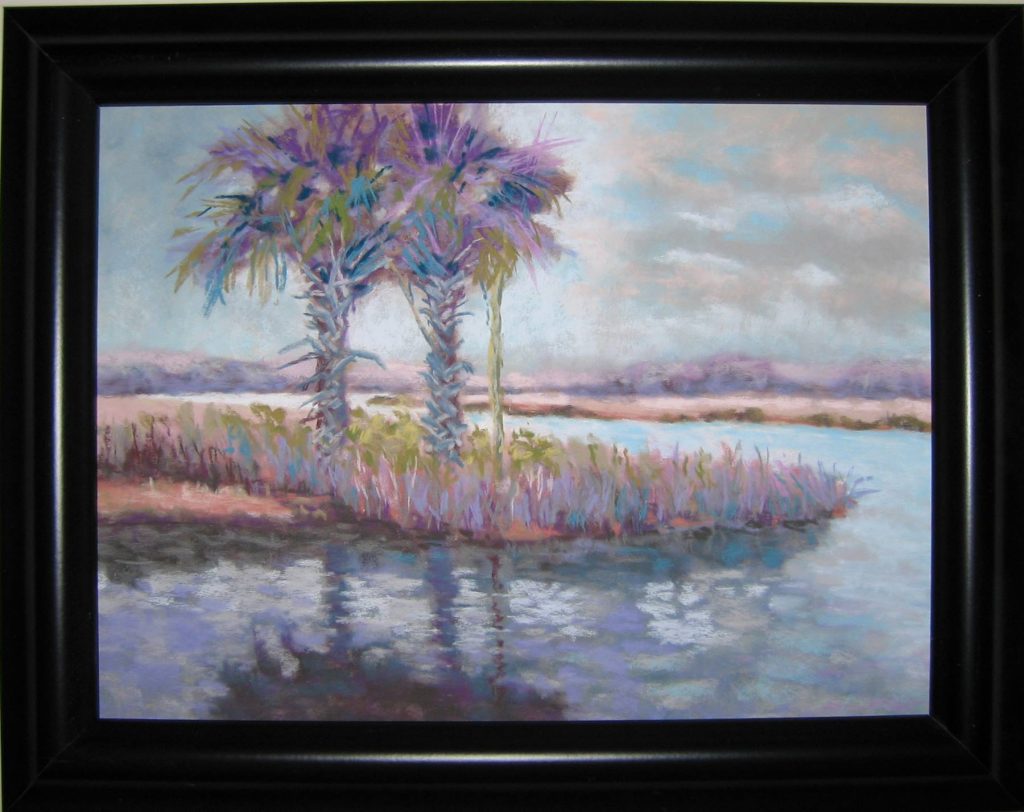 She just did this wonderful abstract, “Lilies”
She just did this wonderful abstract, “Lilies”
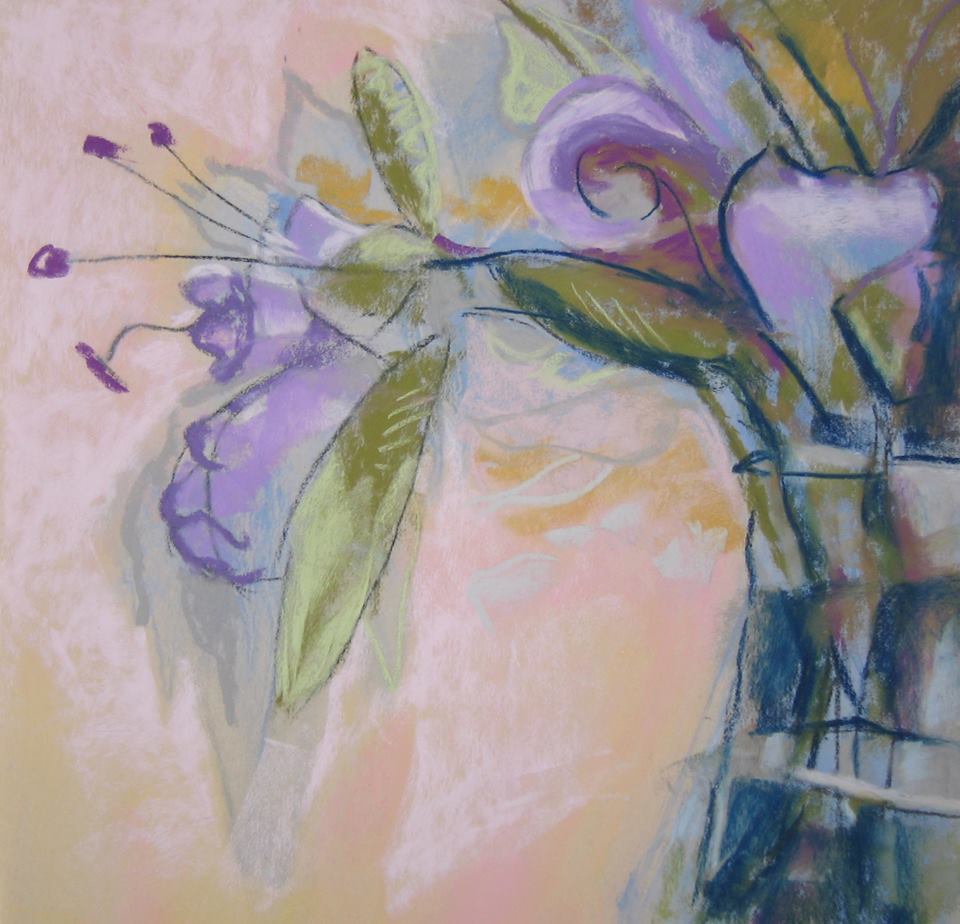
Here’s Phoebe’s Pastel box:
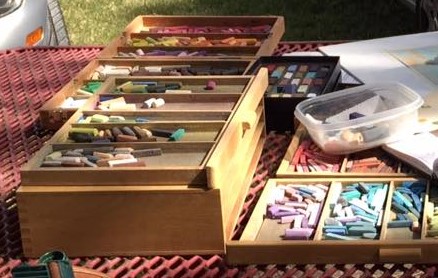 You can see more of Phoebe’s work HERE
You can see more of Phoebe’s work HERE
Katie Fowle Handles any subject with ease, but I especially love her animal portraits. Here are a few lovely examples.
“Gingham”
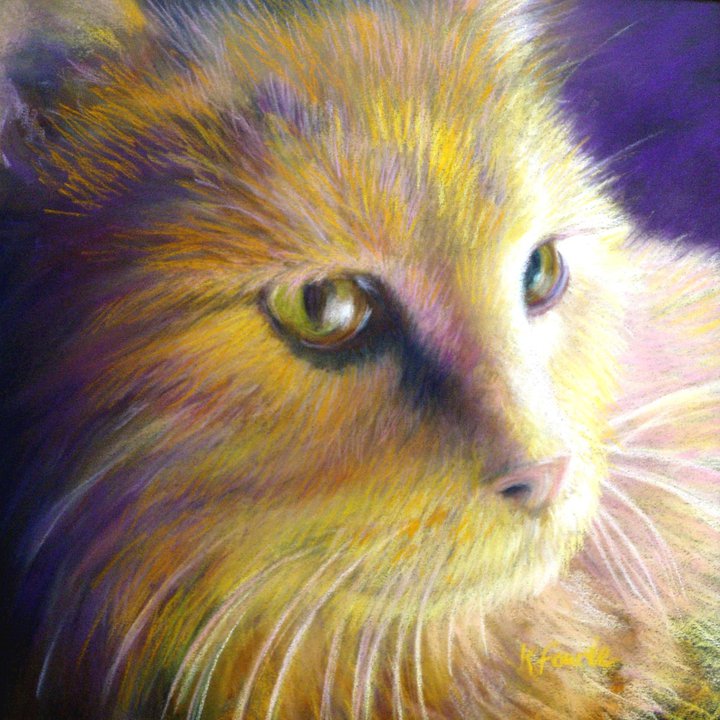 “Cat Nap II”
“Cat Nap II”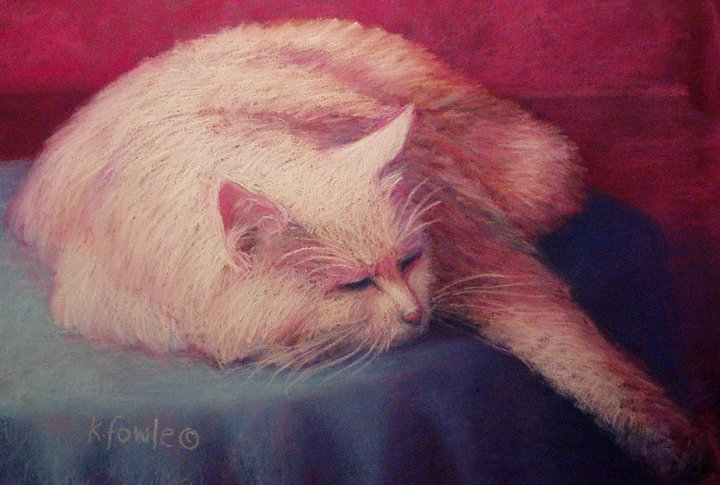 “Sebastian”
“Sebastian”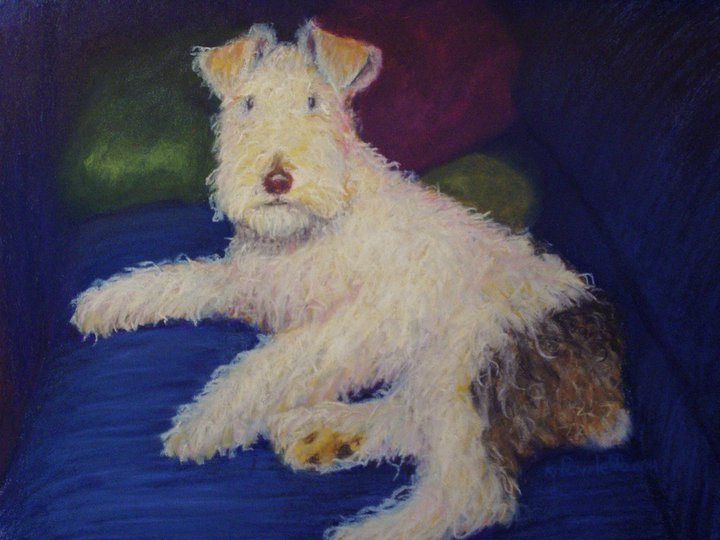
You’ll often hear me talk about Creativity in reference to how it has an effect on so much of your life that is unrelated to Art. In his book The Charge, Brendon Burchard talks about Creativity as a basic human drive. We NEED to express ourselves! Here’s an excerpt from one of the pages. I love this:
| A convenient excuse for many is, “Well, I’m not that creative.” Creativity though isn’t a trait. It’s a discipline. Those who say they are not creative are often those who are averse to the hard work of transforming a good idea into something truly magnificent. |
| I like to remind people that creativity also isn’t a spark. It’s a slog. Every artist, inventor, designer, writer or other creative in the world will talk about his work being an iterative experience. He’ll start with one idea, shape it, move it, combine it, break it, begin anew, discover something within himself, see a new vision, go at it again, test it, share it, fix it, break it, hone it, hone it, hone it. This might sound like common sense, but it’s not common practice and that’s why so many people are terribly uncreative – they’re not willing to do the work required to create something that’s beautiful, useful, desirable, celebrated. No masterpiece was shaped or written in a day. It’s a long slog to get something right. This knowledge and willingness to iterate is what makes the world’s most creative people so creative and successful. |
| I’m guessing you’ve had creative dreams that you’ve let go of too early. You wanted to sing, but didn’t win the competition and so you gave up. You wanted to paint, but no one liked your first attempts so you stopped. You wanted to dance, dress more colorfully, write more forcefully, speak with more fire, invent something big or redesign a process entirely – but you stopped expressing yourself along the way. You had the spark and maybe you began, but didn’t slog it through. What if expressing yourself and following your creative spark to completion would have led to something more magnificent than you ever imagined? I say it’s time to reengage your creative spirit, and light it up, and follow it through thick and thin through iteration after iteration. That’s why I say it’s time to create something again. If you have an idea for a new fashion design, go get a sewing machine and manifest the design in real life. If you’ve ever had any burning desire to invent, design, sculpt, create, develop or share, go do it in real life. Bring the idea into the physical realm and enjoy the process. It will enliven you.
Finally, don’t keep all this creativity to yourself. It turns out that one the greatest ways to activate creativity in your life is to share more. Share your works with others, get their feedback. Also important, start telling more stories about what fascinates you in the world. |
To buy Brendon’s Book on Amazon, go HERE
Start in Art on Facebook is a private, members-only place where we can share our art and encourage each other.
Elaine
Transcript of the first video:
| Hey, it’s Elaine. Welcome back to the studio. Today, I’ve been in here all day teaching one of my favorite mediums which is chalk pastel. Since I had all the materials out, I thought I would share this medium with you as well!
The reason why I love chalk pastel…in every medium the most precious part of that color is the pigment. In every medium, there is a binder that holds that pigment together. |
| Well, in chalk pastel there’s very little binder in the high quality pastels, and so when you’re painting with a pastel, it’s like putting pure pigment down.
When you put it on a surface, if you looked at it under a microscope, it looks like little flakes of color that are sitting on top of the paper and they each reflect light. Chalk pastels glow like other mediums don’t. If I was to put down a colored line in pastel and then put a line of the same color in paint right next to it, the pastel would look like it had a light behind it. |
| Those qualities are the things that make it so wonderful to work with, plus it’s an easy medium to work with. Once you learn how it behaves, it’s not difficult to get beautiful results. The first thing I want to show you is the different ways that you can buy this medium and the different forms that it comes in. That will be where we start today. |